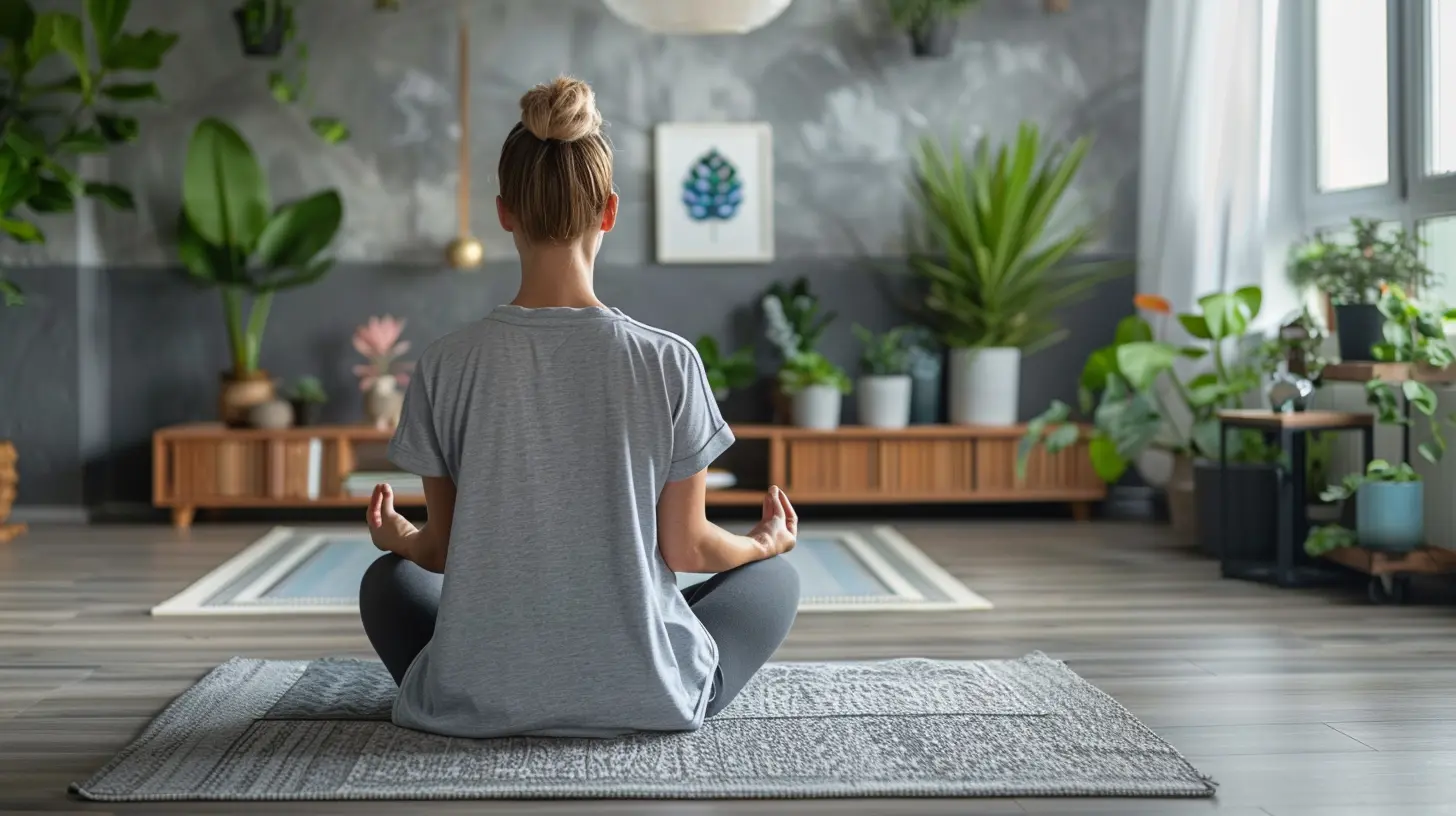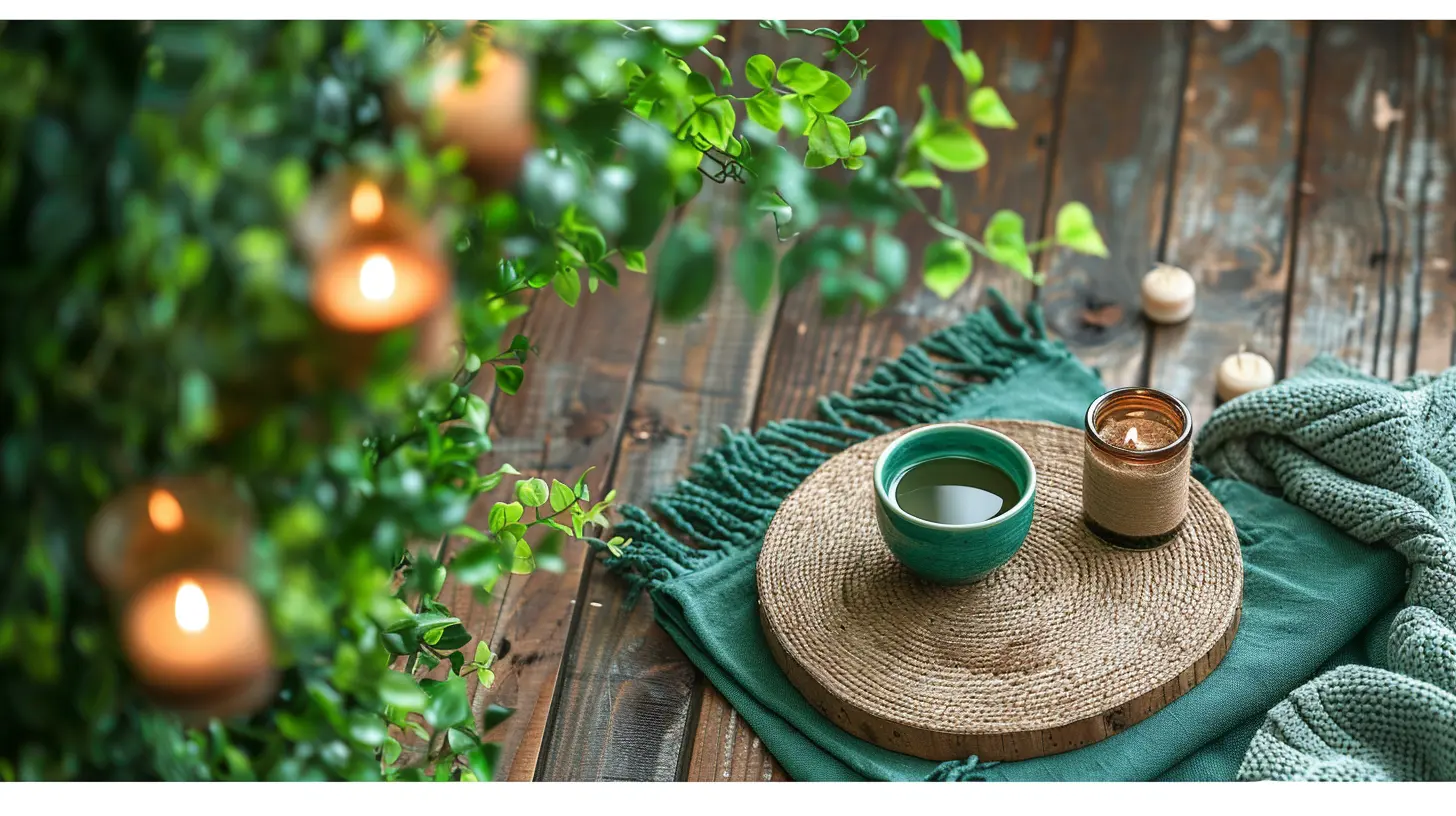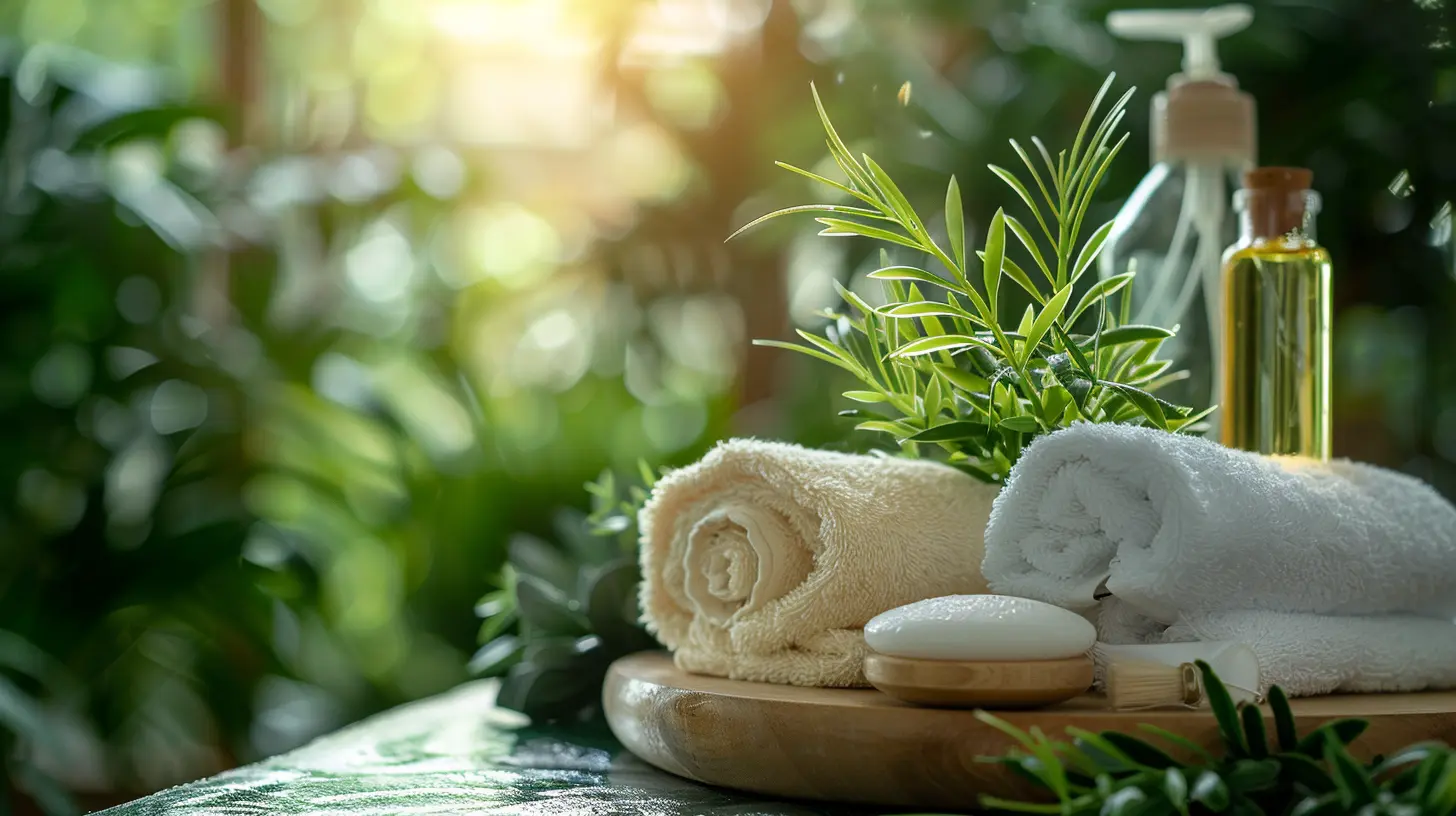Creating a Home Environment That Boosts Your Wellness
2 June 2025
Your home is more than just a place to sleep and store your belongings—it's your sanctuary. The way you design and organize your space can either support or hinder your physical and mental well-being. So, how do you create a home that actually makes you feel good inside and out?
From the air you breathe to the colors on your walls, every little detail plays a role in your wellness. Let’s dive into some practical and science-backed ways to transform your home into a health-boosting haven. 
The Connection Between Your Home and Your Health
Ever notice how walking into a cluttered, messy space instantly makes you feel overwhelmed? Or how a bright, airy room can lift your mood? That’s because your living environment directly impacts your stress levels, sleep quality, immune system, and overall well-being.By making intentional changes, you can create a home that not only looks good but also helps you feel better—physically, mentally, and emotionally.

1. Improve Indoor Air Quality
Why It Matters
The air inside your home can be more polluted than the air outside. Poor indoor air quality can lead to allergies, respiratory issues, and fatigue.Simple Ways to Breathe Easier
- Open Your Windows – Fresh air is a natural detoxifier. Letting in outdoor air helps flush out indoor pollutants.- Invest in Air-Purifying Plants – Plants like snake plants, peace lilies, and spider plants help absorb toxins and release oxygen.
- Use an Air Purifier – A good-quality air purifier can help remove dust, pet dander, and other harmful particles.
- Ditch Toxic Candles and Sprays – Opt for essential oil diffusers or soy-based candles instead of chemical-laden air fresheners.

2. Declutter for Mental Clarity
The Link Between Clutter and Stress
A messy environment can make you feel anxious and overwhelmed. Studies show that clutter increases cortisol (the stress hormone), making it harder to relax.How to Declutter Without Feeling Overwhelmed
- Start Small – Tackle one area at a time, like a single drawer or a shelf.- Use the "One-Year Rule" – Haven’t used something in a year? Donate or toss it.
- Adopt the "One In, One Out" Rule – Every time you buy something new, get rid of something old.
- Make Storage Work for You – Use baskets, bins, and dividers to maintain order.

3. Choose Calming Colors
How Colors Affect Your Mood
Colors have a powerful psychological effect on how we feel in a space.- Blues and Greens → Promote relaxation and calmness.
- Whites and Neutrals → Create a sense of cleanliness and simplicity.
- Yellows and Oranges → Bring warmth and energy but should be used in moderation.
- Dark Shades → Can feel cozy but might make a space feel smaller or more enclosed.
Easy Ways to Introduce Wellness Colors
- Paint an accent wall in a calming hue.- Add throw pillows, blankets, or rugs in soothing shades.
- Incorporate nature-inspired colors to bring the outdoors in.
4. Let in Natural Light
The Sunshine Effect
Exposure to natural light boosts mood, enhances productivity, and even regulates sleep by keeping your circadian rhythm on track.How to Maximize Natural Light
- Keep Windows Unblocked – Move furniture away from windows to let light flow in.- Use Sheer Curtains – They provide privacy without blocking sunlight.
- Place Mirrors Strategically – Mirrors reflect light and make rooms feel brighter and bigger.
- Opt for Light-Colored Décor – White or pastel walls help bounce light around the room.
5. Create a Sleep-Friendly Bedroom
The Importance of Quality Sleep
Your bedroom should be a retreat that promotes deep, restful sleep. Poor sleep affects mood, cognitive function, and even immune health.Steps to Make Your Bedroom a Sleep Sanctuary
- Invest in a Quality Mattress and Pillows – You spend a third of your life sleeping. Make it count.- Keep the Room Cool and Dark – Optimal sleep temperature is around 60-67°F. Use blackout curtains to block light.
- Banish Electronics – Blue light from screens disrupts melatonin production.
- Use Calming Scents – Lavender and chamomile essential oils can help you relax.
6. Incorporate Nature Indoors
Why Nature is a Game-Changer
Bringing elements of nature into your home (known as biophilic design) has been shown to reduce stress, improve focus, and boost overall happiness.Easy Ways to Add a Touch of Nature
- Houseplants – They improve air quality and create a peaceful atmosphere.- Natural Materials – Use wood, stone, or woven textures in your décor.
- Water Features – A small indoor fountain can add a soothing ambiance.
- Nature-Inspired Art – Hang landscape paintings or nature photography.
7. Make Room for Movement
Why Movement-Friendly Spaces Matter
Staying active is crucial for overall wellness, and your home should support movement—not hinder it.How to Design a Home That Encourages Activity
- Create an Exercise-Friendly Space – Dedicate a small area for yoga, stretching, or workouts.- Use a Standing Desk – Sitting too long negatively impacts health.
- Keep Workout Equipment Visible – If your dumbbells and yoga mat are out in the open, you’ll be more likely to use them.
- Ditch Unnecessary Furniture – Open spaces encourage more movement throughout the day.
8. Reduce Noise Pollution
The Role of Sound in Wellness
Excess noise can increase stress and make it hard to focus or relax.How to Minimize Noise for a Peaceful Home
- Use Rugs and Curtains – They help absorb sound and reduce echoes.- Get a White Noise Machine – Helps drown out distracting sounds.
- Opt for Soft Furnishings – Upholstered furniture absorbs sound better than hard surfaces.
- Seal Windows and Doors – Weather stripping can help block outside noise.
9. Aromatherapy for Mood and Stress Relief
Scents That Support Wellness
Different scents have different effects on the brain and body.- Lavender → Calming and sleep-inducing.
- Peppermint → Energizing and focus-boosting.
- Citrus (Lemon, Orange, Grapefruit) → Uplifting and mood-enhancing.
- Eucalyptus → Respiratory health and relaxation.
How to Incorporate Aromatherapy
- Use an essential oil diffuser.- Add a few drops of essential oil to a warm bath.
- Spray linens with a lavender mist before bed.
Final Thoughts
Your home should be more than just a functional space—it should be a place that supports your well-being from the inside out. Whether it’s improving air quality, decluttering, or using mood-boosting colors, small changes can make a big difference in how you feel every day.At the end of the day, your home should feel like a sanctuary, a place where you can truly relax, recharge, and thrive. So go ahead—make those simple tweaks and create a space that nourishes both your body and mind.
all images in this post were generated using AI tools
Category:
WellnessAuthor:

Angelo McGillivray
Discussion
rate this article
3 comments
Zarev Heath
Thank you for this insightful article! I appreciate the practical tips on creating a wellness-focused home environment. Implementing these strategies can truly enhance our overall health and well-being. It's inspiring to see how small changes in our surroundings can lead to significant improvements in our daily lives.
June 16, 2025 at 4:30 PM

Angelo McGillivray
Thank you for your kind words! I'm glad you found the tips helpful and inspiring for creating a wellness-focused home.
Sorin Gutierrez
Great article! A positive home environment can significantly enhance our well-being. Simple changes like decluttering, adding plants, and ensuring good lighting can create a healthier and more uplifting space.
June 6, 2025 at 3:21 AM

Angelo McGillivray
Thank you! I'm glad you found it helpful. Those simple changes can truly make a big difference in our well-being!
Arwen Phelps
Houseplants: the only roommates that don't argue!
June 2, 2025 at 2:35 AM

Angelo McGillivray
Absolutely! Houseplants bring tranquility and a natural touch to our spaces, promoting a calm and supportive atmosphere for wellness.



